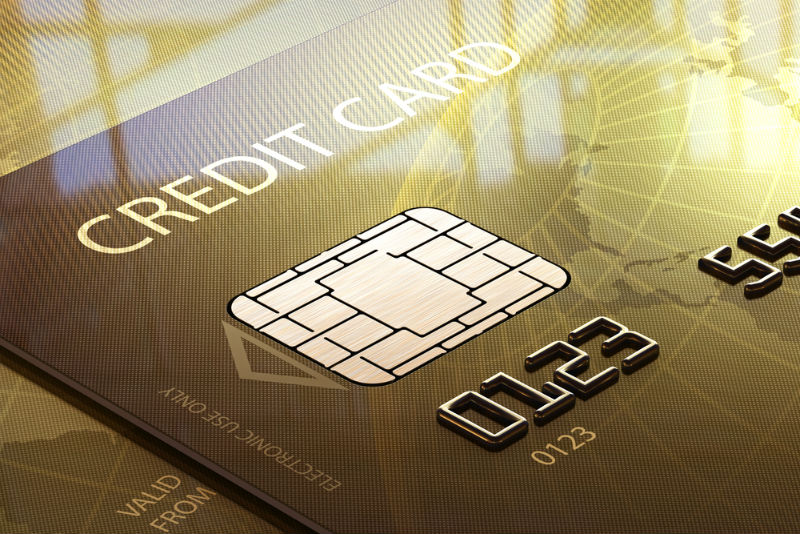It took over twenty-five years and still counting to create a bank card consulting practice with clients from over 50 countries on six continents. Maybe you would like to do the same. Some of those clients took years to cultivate and develop earlier, though, as is often the case. Business decisions with bank card clients abroad tend to be based on relationships, rarely first meetings, and good long term relationships simply take time.
Prepare yourself to invest a lot more time burn cost abroad than perhaps you do in the U.S. It’s an investment in time and energy that I always welcome.
Bank Card Consulting client locations?
In Asia/Pacific: Hong Kong, Australia, New Zealand, Philippines, Malaysia, China, Taiwan, Thailand, India, Indonesia, Bali, and Singapore.
In Europe: United Kingdom, Ireland, Germany, France, Portugal, and Spain.
In the Caribbean: Antigua, Puerto Rico, and the Dominican Republic.
In Latin America: Mexico, Columbia, Brazil, Ecuador, Chile, Costa Rica, Paraguay, Uruguay, Honduras, and Argentina.
In North America: All the top banks in the U.S. and Canada.
Here are ten of the important lessons learned from all those regions of the world, and what it may mean for your enterprise international expansion hopes, if you are inclined to do so.
First, get an experienced local host in each area we would visit for the first time or in which we would attempt to get clients. One never has to do everything for yourself. Why would you, when someone there can show you the local ropes and customs? Break a custom or known rule in a new culture and you have probably just equally broken your chances at getting any new business there.
Second, we always had a real curiosity about other lands, other people, other customs and other cultures. If you aren’t truly interested in learning about other cultures and places, you may not like expanding abroad.
Third, abroad your ways are not necessarily or even often their ways. One has to be prepared to adapt and learn new ways of doing things. When in Rome…
Fourth, as communications with bank card clients and friends now transmit at the speed of light (or thought, as you wish), can be in many countries in the same day. Even half way around the world is easy to accommodate – just as long as you are prepared to get up early or stay up late, with all the time zones between you and the recipient of your scheduled call. With e-mail and text, it’s even easier. The back and forth is rarely a problem. Thanks again, to high tech. LinkedIn included.
Fifth, if you have a true curiosity about other cultures, you will most likely really enjoy the experience. We have very fond memories of being with new friends from across the oceans. If one doesn’t really care or have such curiosity, stay home, as this may not be for you. The language barrier? Very rarely a problem. English is spoken virtually everywhere, and we found most international clients like to use it.
Sixth, fully prepare your itinerary, and pack accordingly. We once spent two weeks going 24,000 miles all around the globe visiting many bank card consulting clients and countries in the process, and only had to have one carry on to do so. Travel experience will come back to help – or haunt – you. Travel can be gruesome these days.
Most of your fellow airline travelers are like that; very interesting people who love sharing what they have learned or know about the location you may be both going to. That has been my experience in dozens of business trips around the globe. If you enjoy listening to other points of view, you may just do well internationally. Trouble is, we sometimes talk when we should be listening.
Seventh, Set your watch and become mentally and physically prepared to be on my client’s time zone the moment we step foot on the outbound plane, long before we land in another far away country. Sleep along the way if you can.
Eighth, devote much more to time doing pre-trip research than on the trip itself. Who are the players? What are their successes? What are there sustainable competitive advantages? What are their possible organizational needs? What seem to be their guiding values? Who among the ranks are the future rising stars? How do they differentiate themselves from their competition? Are those solutions already in our wheelhouse?
Ninth, be prepared to experience meals like you’ve never seen or tasted before. Delicacies for the palate at which you might first be a little surprised. Enjoy trying new things, so dining out with international clients is a real treat.
Tenth, taking a ten or eleven hour plane trip is not for everyone. But oh my, when you arrive you can be in a very different and very fascinating world. New friends, new cultures, new ways of doing bank card consulting. How refreshing it can be, if you are interested. It’s one way I think R.K. Hammer has such an international presence. We work hard to earn that reputation every day all over again with our bank card consulting clients, regardless of the continent or the country involved.
There is more, so much more than one could share, but perhaps this will at least get you thinking, get you started. Also, review the International travel “Check List”. Good luck, my friends! Got to run, folks, to LAX to catch another plane. It’s been “banking without borders” for over 26 years now at R.K. Hammer. I wouldn’t have it any other way, and thank my international friends for the experiences of a lifetime.
That’s the way I see it.
Robert Hammer is Founder and CEO of R.K. Hammer and

